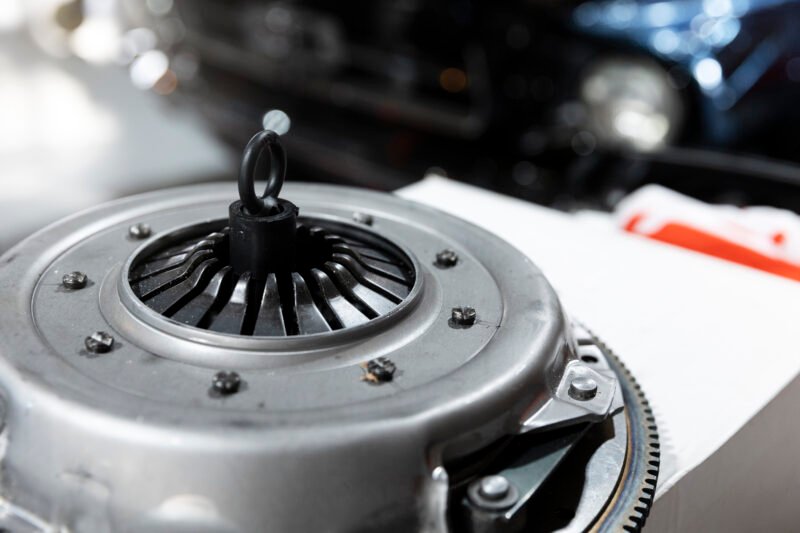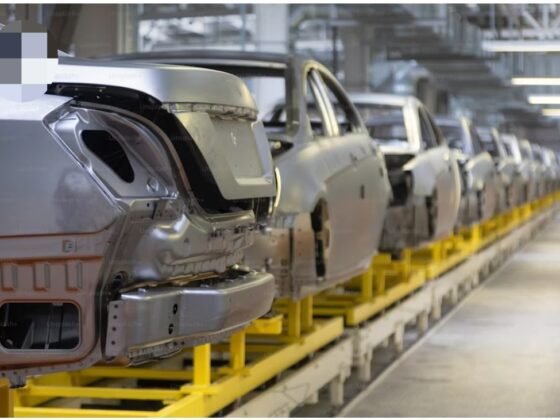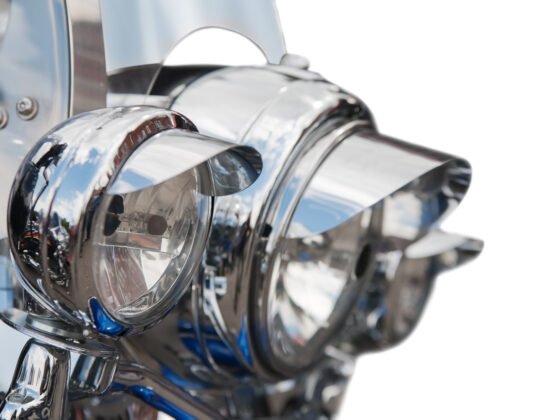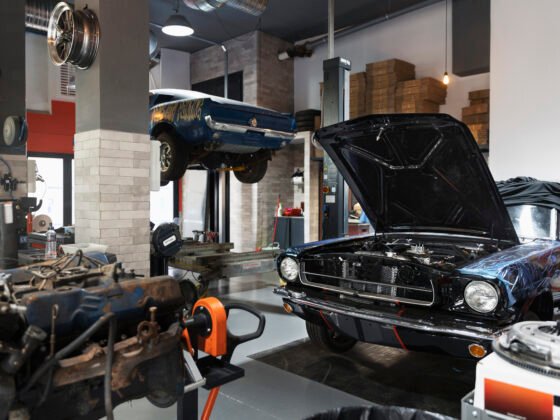The automotive vacuum pump plays a crucial role in modern vehicles, especially in the era of advanced emission controls and efficiency-driven automotive engineering. This small but vital component ensures the proper functioning of several vehicle systems. In this article, we will explore what an automotive vacuum pump is, its types, how it works, and why it is an indispensable part of the automotive industry.
What is an Automotive Vacuum Pump?
An automotive vacuum pump is a mechanical device designed to create a vacuum in various vehicle systems. In simpler terms, it removes air to create a pressure difference, facilitating the operation of certain automotive systems. This device is particularly important in diesel engines and gasoline direct injection (GDI) engines, which inherently lack the vacuum necessary for certain components like power brakes to function efficiently.
Functions of an Automotive Vacuum Pump
The primary role of an automotive vacuum pump is to provide sufficient vacuum pressure for critical systems in a vehicle. Here are the main functions:
- Brake Booster Assistance
- Most vehicles rely on a vacuum-assisted braking system. The vacuum pump ensures the brake booster has enough vacuum pressure to reduce the physical effort required to operate the brakes.
- Emission Control Systems
- Vacuum pumps help regulate the operation of emission control devices like the exhaust gas recirculation (EGR) valve, which plays a significant role in reducing harmful emissions.
- Turbocharged Engine Support
- In turbocharged engines, vacuum pumps maintain optimal pressure levels for various turbo system components, enhancing performance and efficiency.
- HVAC System Operations
- Automotive HVAC systems use vacuum for actuators and valves that control air direction and temperature within the cabin.
- Fuel System Efficiency
- Some fuel systems rely on vacuum pumps to maintain pressure for optimal fuel delivery.
Types of Automotive Vacuum Pumps
Automotive vacuum pumps come in various types, each suited for specific vehicle needs and designs. Here are the most common types:
- Mechanical Vacuum Pumps
- These pumps are driven by the engine, either directly via the camshaft or a belt. They are reliable and commonly used in vehicles with internal combustion engines.
- Electric Vacuum Pumps
- Electric vacuum pumps are powered by electricity rather than the engine. They are increasingly common in modern vehicles, especially hybrids and electric vehicles, as they provide consistent performance regardless of engine speed.
- Pneumatic Vacuum Pumps
- These pumps use compressed air to generate a vacuum and are more common in industrial or specialized automotive applications.
- Rotary Vane Vacuum Pumps
- This type uses a rotor with vanes that create a vacuum as the rotor spins. These pumps are efficient and widely used in high-performance applications.
- Diaphragm Vacuum Pumps
- Known for their reliability and durability, these pumps use a flexible diaphragm to create a vacuum. They are often used in small or lightweight vehicles.
How Does an Automotive Vacuum Pump Work?
The working principle of a vacuum pump involves removing air from a sealed system to create a vacuum. In mechanical pumps, engine motion drives the pump, creating suction that pulls air out of the connected systems. Electric vacuum pumps, on the other hand, use a motor to achieve the same effect, offering greater flexibility in operation.
The vacuum pump’s operation is often monitored and controlled by sensors, ensuring optimal performance and preventing overloading of the system. In modern vehicles, this process is further enhanced by electronic control units (ECUs), which regulate the pump’s activity based on real-time data.
Signs of a Faulty Vacuum Pump
A malfunctioning vacuum pump can compromise vehicle performance and safety. Common signs of a failing vacuum pump include:
- Increased Braking Effort
- If the brake booster does not receive enough vacuum, the driver may experience difficulty applying the brakes.
- Engine Performance Issues
- Poor engine performance or rough idling can indicate insufficient vacuum pressure for emission control or fuel systems.
- Unusual Noises
- Whining or grinding noises from the pump area may signify mechanical failure.
- Warning Lights
- In modern vehicles, a faulty vacuum pump can trigger the check engine light.
- Reduced Turbo Efficiency
- Turbocharged vehicles may exhibit decreased performance due to insufficient vacuum pressure for turbo system components.
Why is the Automotive Vacuum Pump Important?
The automotive vacuum pump is indispensable for the following reasons:
- Safety: By ensuring proper brake booster function, it contributes directly to vehicle safety.
- Efficiency: The pump supports the smooth operation of emission control and fuel delivery systems, improving overall engine efficiency.
- Performance: For turbocharged engines, a reliable vacuum pump is essential for maintaining peak performance.
- Environmental Impact: By aiding emission control systems, vacuum pumps help reduce the environmental footprint of vehicles.
Maintenance and Care for Vacuum Pumps
To ensure longevity and optimal performance, regular maintenance of the vacuum pump is essential:
- Inspect Regularly: Check for wear, leaks, or damage to the pump and its associated hoses.
- Replace Filters: Some pumps may have filters that require periodic replacement.
- Monitor Performance: Pay attention to warning signs like unusual noises or decreased braking efficiency.
- Use Quality Parts: If replacement is necessary, use high-quality OEM or aftermarket parts to maintain reliability.
Conclusion
The automotive vacuum pump is a vital component that supports several critical systems in modern vehicles. Whether it’s assisting the brake booster, enhancing turbocharger performance, or aiding emission controls, this small device significantly impacts vehicle safety, efficiency, and environmental friendliness. By understanding its role and ensuring proper maintenance, drivers can enjoy safer and more reliable performance on the road. As automotive technology evolves, vacuum pumps will continue to adapt, further cementing their importance in the industry.










